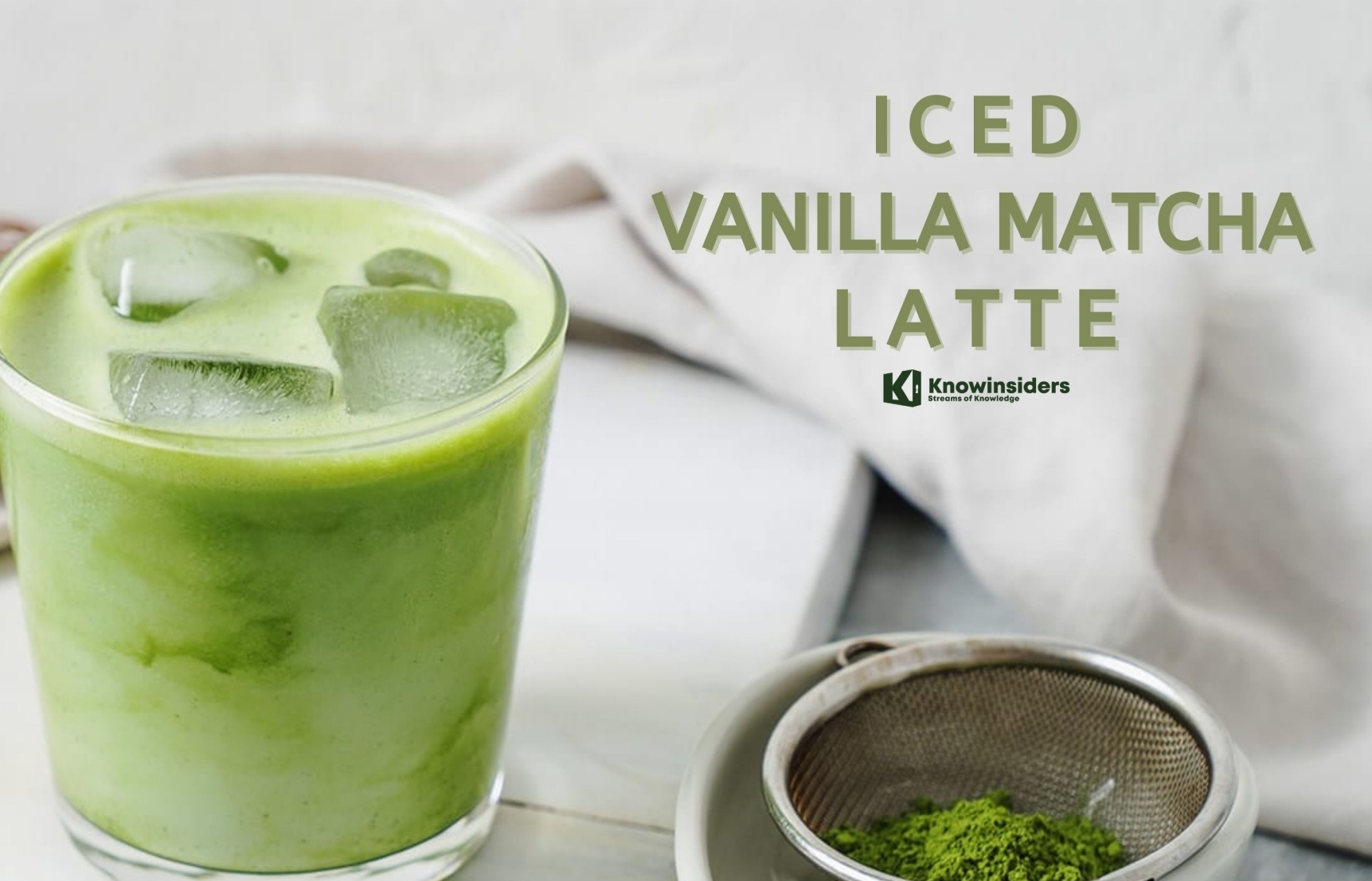How to Make Salt-and-Pepper Cauliflower with Easy Steps
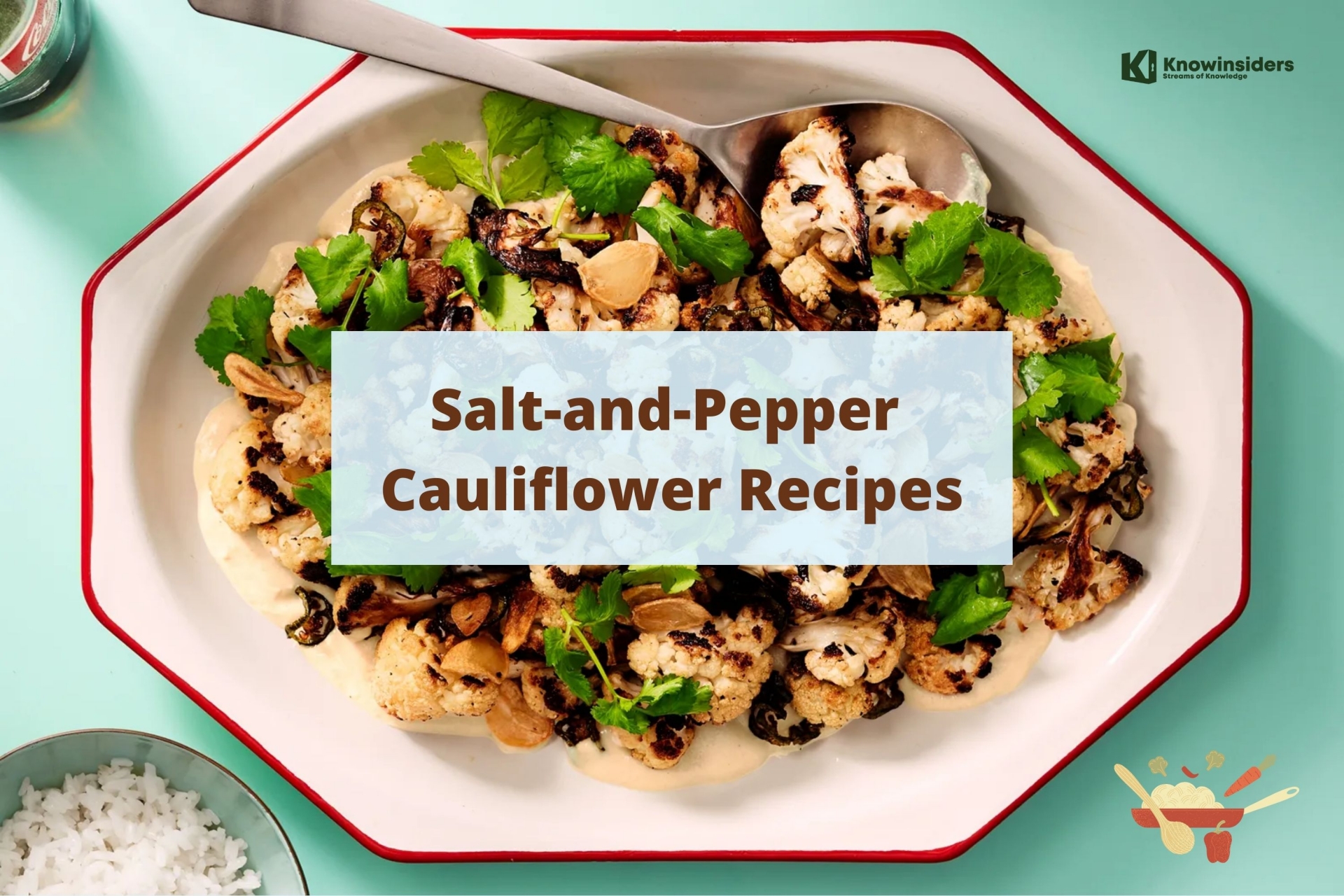 |
| Photo: KnowInsiders |
This crispy salt-and-pepper cauliflower from Fat Choy chef and owner Justin Lee sidesteps the fuss of frying your florets without compromising on crunchiness. (Who really wants to deep-fry at home anyways?) Leave the hassle to the restaurants and instead just roast them in the oven until deeply browned.
Here is how to make Salt-and-Pepper Cauliflower
Ingredients
4 Servings
1 tsp. freshly ground black pepper
½ cup plus 3 Tbsp. vegetable oil, divided
1 large head of cauliflower, cut into 1"–2" florets
Kosher salt
3 medium shallots, thinly sliced
12 oz. silken tofu
2 Tbsp. white miso
5 garlic cloves, finely chopped
2 medium jalapeños, halved, seeds removed, finely chopped
3 Tbsp. fresh lemon juice
Cilantro leaves with tender stems and steamed rice (for serving)
How to prepare cauliflowerForgive yourself if you’ve ever felt a bit intimidated when looking ahead of cauliflower. Holding a large kitchen knife in your hand, if you don’t know where or how to start to get those pretty, bite-sized florets, it can be a little overwhelming. The good news is that it’s actually easy once you know how to cut up cauliflower. Just follow my simple steps for how to cut cauliflower into florets. 1. Start by removing all the leaves that may be covering up the cauliflower head. 2. Grab a large knife (preferably a chef’s knife if you have it, but any other large knife will do, too) and cut the cauliflower head in half, from top to bottom through the core. 3. Continue by chopping the halves in half. This is the best time to wash your cauliflower as you can easily rinse off all the grit. 4. From here, you can easily slice off the cauliflower florets from the stalk. You can continue breaking down the florets until you reach the desired size by using the tip of your knife. |
Preparation
Step 1
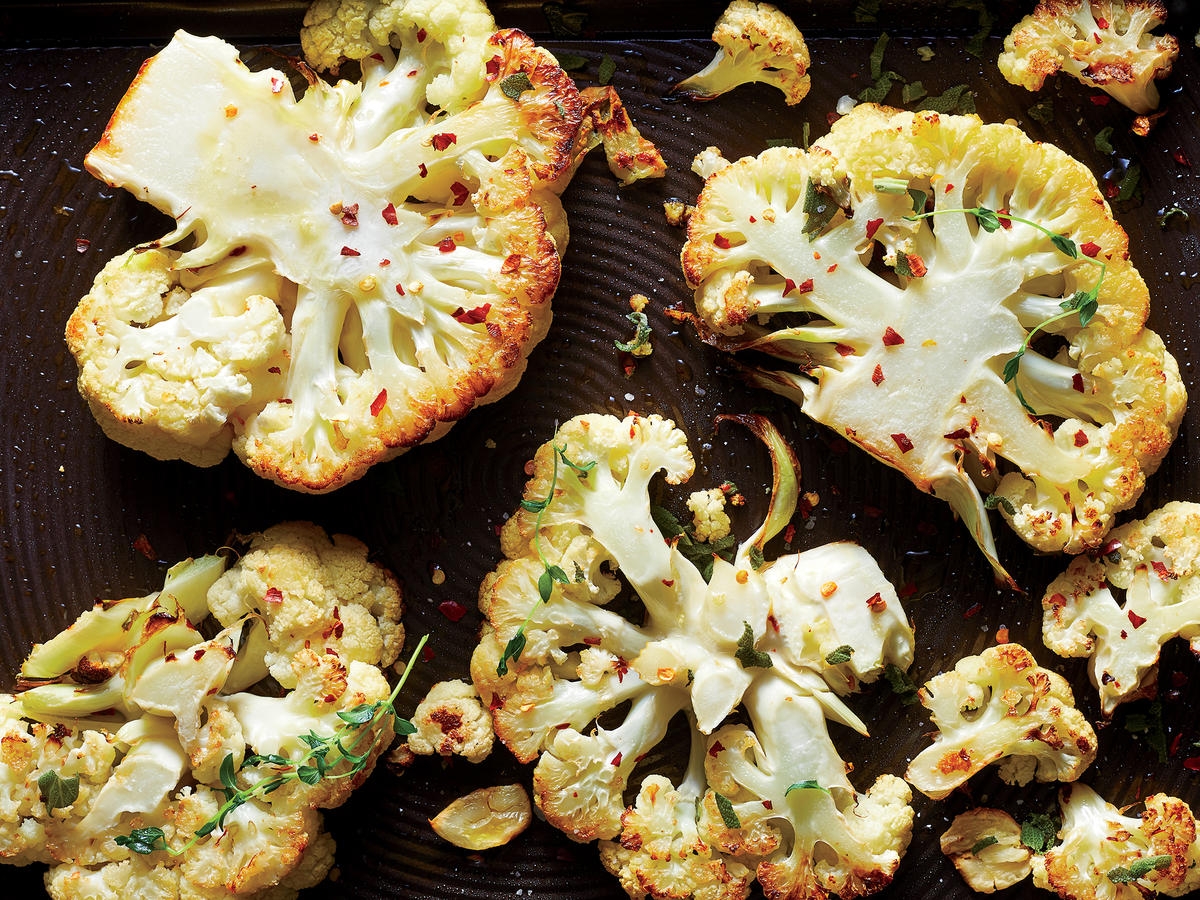 |
| Photo: Cooking Light |
Place a rack in the lowest position of the oven; preheat to 450°. Whisk pepper and ¼ cup oil in a large bowl to combine. Add cauliflower, season with salt, and toss to coat. Spread out cauliflower in a single layer on a rimmed baking sheet and roast until dark brown and crisp underneath, 15–20 minutes. Remove from oven and turn cauliflower over. Roast until the second side is dark brown and crisp, 10–15 minutes.
Step 2
Meanwhile, heat ¼ cup oil in a medium skillet over medium. Cook shallots, stirring occasionally, until deeply golden brown and beginning to crisp, 6–8 minutes. Transfer shallots to a blender, add tofu and miso and purée until smooth. Transfer tofu sauce to a small saucepan and set aside. Wipeout skillet.
Step 3
Pour remaining 3 Tbsp. oil into the same skillet and add garlic and jalapeños. Cook over medium heat, stirring occasionally until garlic is golden and crisp and jalapeños darken slightly about 4 minutes. Strain through a fine-mesh sieve set over a small bowl. Season garlic and jalapeños with salt; set aside. Let the oil cool and set aside for another use.
Step 4
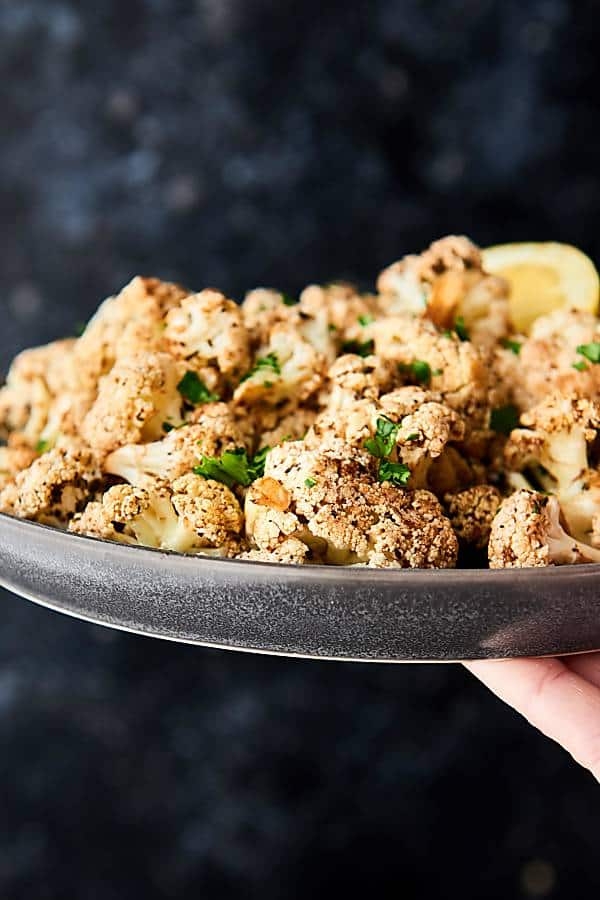 |
| Photo: Show Me the Yummy |
Place the saucepan with tofu sauce over medium-low heat and cook until warmed through. Once you see a bubble or two, remove from heat and stir in lemon juice; season with salt.
Step 5
Spoon tofu sauce on a platter and top with roasted cauliflower; scatter cilantro and reserved crispy garlic and jalapeño over. Serve with rice alongside.
Benefits of Cauliflower
Consuming fruits and vegetables of all kinds has been found to reduce the chance of developing many adverse health conditions.
Eating more plant foods, such as cauliflower, has been found to decrease the risk of obesity, diabetes, heart disease, and overall mortality while promoting a healthy complexion, increased energy, and overall lower weight.
Digestion
Cauliflower is high in fiber and water. Both are important for preventing constipation, maintaining a healthy digestive tract, and lowering the risk of colon cancer.
Studies have shown that dietary fiber may also help regulate the immune system and inflammation. As a result, it could help decrease the risk of inflammation-related conditions such as cardiovascular disease, diabetes, cancer, and obesity.
A high-fiber intake has been associated with a significantly lower risk of developing:
• coronary heart disease
• stroke
• hypertension
• diabetes
• obesity
• certain gastrointestinal diseases
A higher fiber intake appears to help lower blood pressure and cholesterol levels, improve insulin sensitivity, and enhance weight loss for people with obesity.
Cancer
Cauliflower contains antioxidants that help prevent cellular mutations and reduce oxidative stress from free radicals.
One of these antioxidants is indole-3-carbinol or I3C, commonly found in cruciferous vegetables, such as cabbages, broccoli, and cauliflower. It has been shown to reduce the risk of breast and reproductive cancers in men and women.
For the past 30 years, eating more cruciferous vegetables has been associated with a lower risk of and lung and colon cancer.
Studies have suggested that sulfur-containing compounds, known as sulforaphane, can help fight different types of cancer. Sulforaphane is what gives cruciferous vegetables their bitter bite.
Researchers say that sulforaphane can inhibit the enzyme histone deacetylase (HDAC), known to be involved in the progression of cancer cells.
Scientists are now studying sulforaphane to see if it might delay or impede cancer. So far, there have been promising results for melanoma, esophageal, prostate, and pancreatic cancers.
If foods that contain sulforaphane can inhibit HDAC enzymes, they could be used as a part of cancer treatment in the future.
Memory
Choline is an important and versatile “vitamin-like factor” in cauliflower that helps with sleep, muscle movement, learning, and memory.
It also helps maintain the structure of cellular membranes, aids in the transmission of nerve impulses, assists in the absorption of fat, and reduces chronic inflammation.
Strong bones
A low intake of vitamin K has been associated with a higher risk of bone fracture and osteoporosis.
Vitamin K consumption can improveTrusted Source bone health by acting as a modifier of bone matrix proteins, improving calcium absorption, and preventing the excretion of calcium in the urine.
Healthy circulation
A high intake of fiber has been found to reduce the risk of cardiovascular problems.
People who take calcium supplements may be at risk of a buildup of calcium in the blood vessels, but taking vitamin K with calcium can lowerTrusted Source the chances of this happening.
More Recipes with Cauliflower
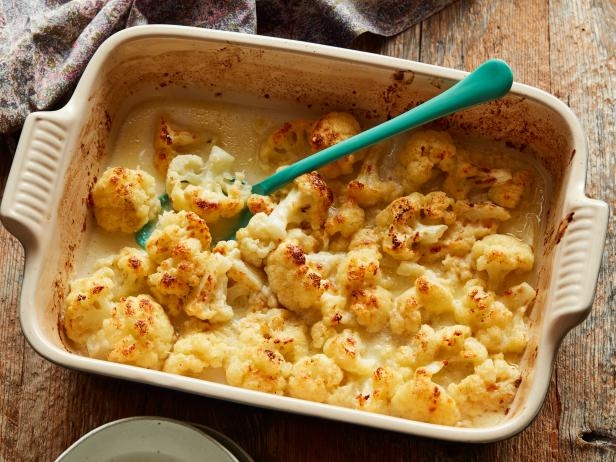 |
| Photo: Food Network |
1. Cauliflower Casserole
2. Garlic Asiago Cauliflower Rice
3. Roasted Cauliflower & Red Pepper Soup
4. Creamy Mashed Cauliflower
5. Cauliflower Dill Kugel
6. Roasted Buffalo Cauliflower Bites
7. Cauliflower au Gratin
8. Browned Butter Roasted Cauliflower
9. Veggie Macaroni & Cheese
10. Slow-Cooker Creamy Cauliflower Soup
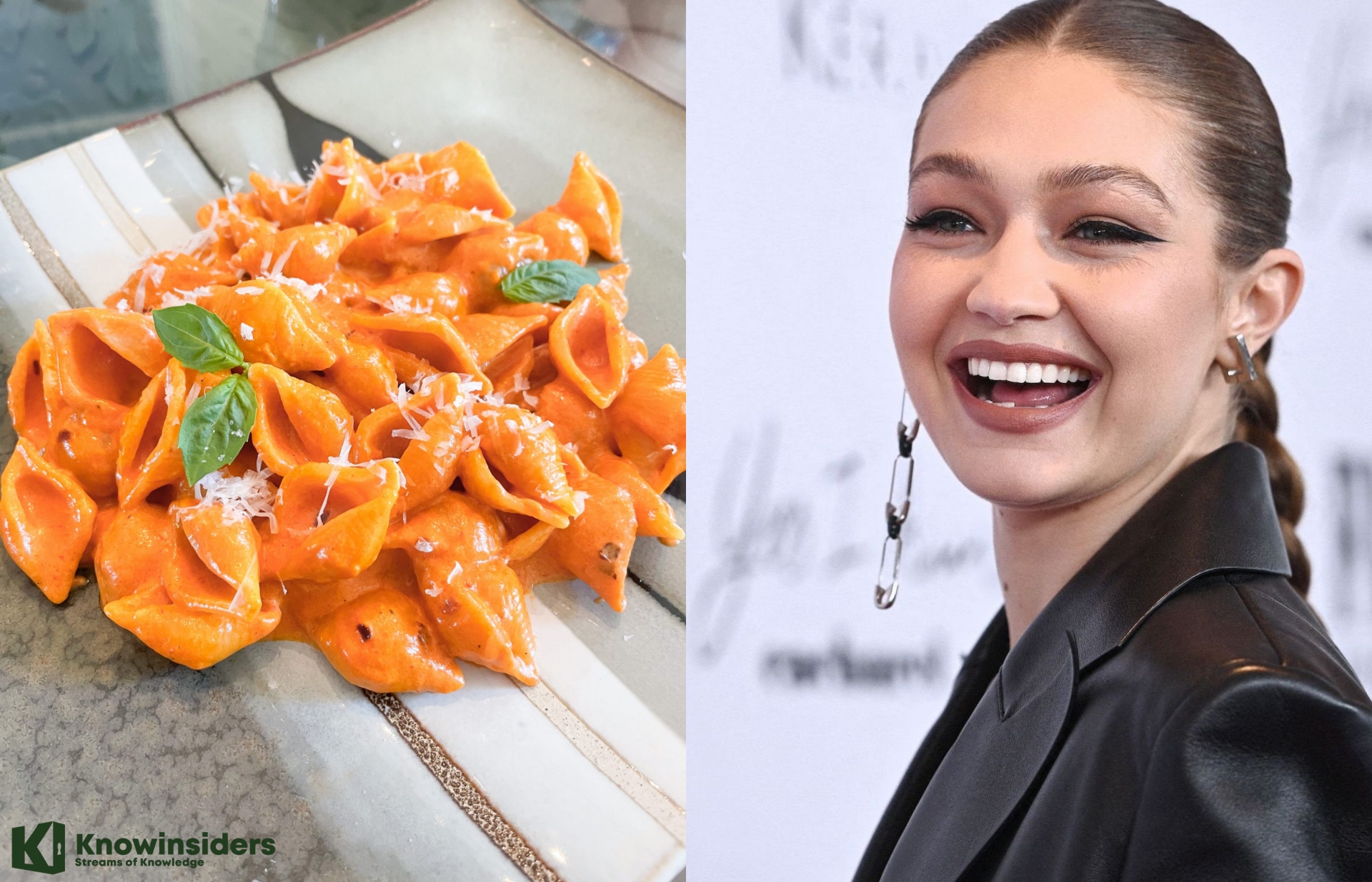 How to Make Gigi Hadid Pasta In New Style & Top 10 Pasta Recipes How to Make Gigi Hadid Pasta In New Style & Top 10 Pasta Recipes Gigi Hadid shared a great Spicy Vodka Pasta on her Instagram, and it’s definitely comforting food. |
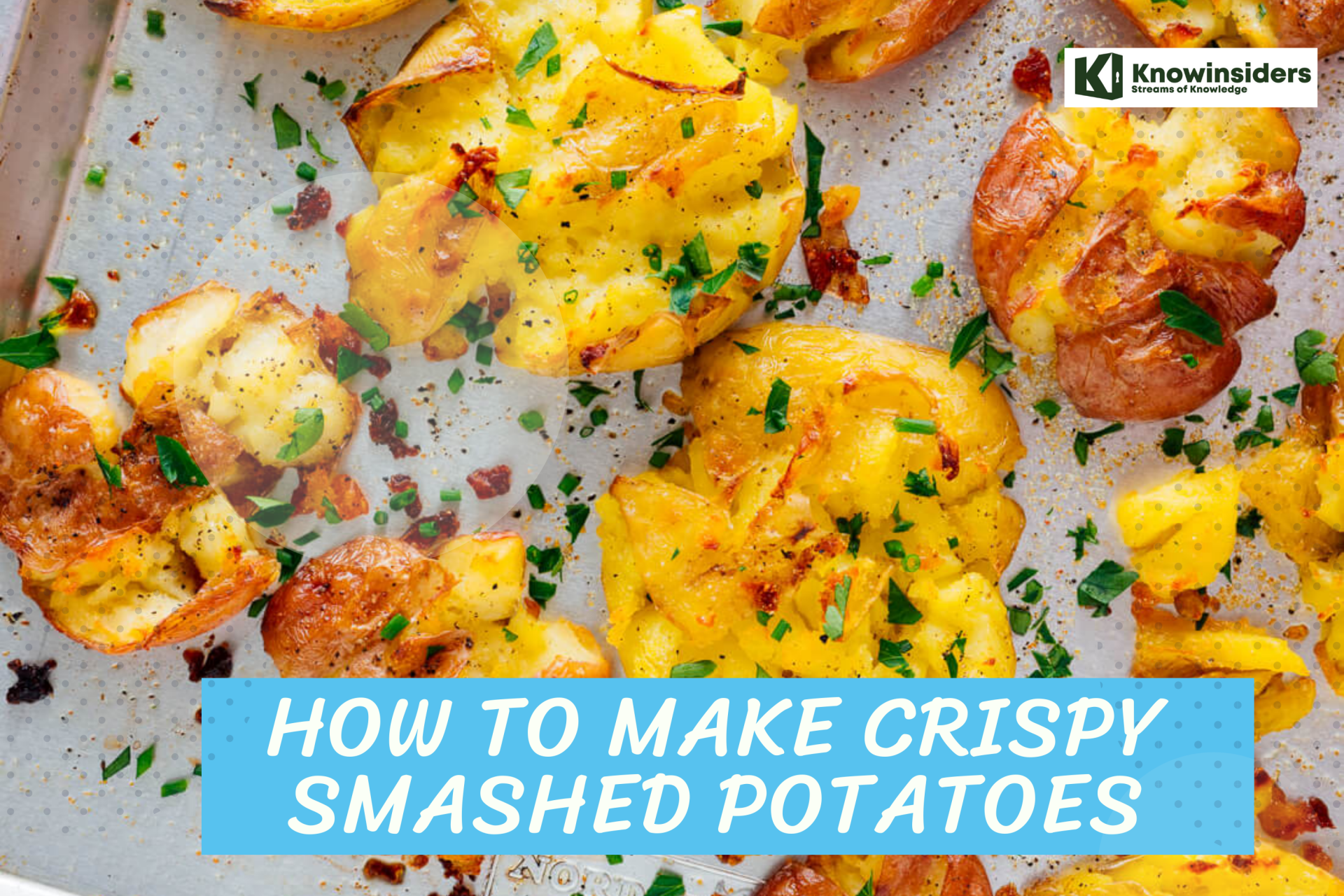 How to Make Smashed Potatoes In New Style How to Make Smashed Potatoes In New Style Crispy smashed potatoes are everything a potato should be—a satisfying crispness on the outer edges, and absolute creamy perfection on the inside. |
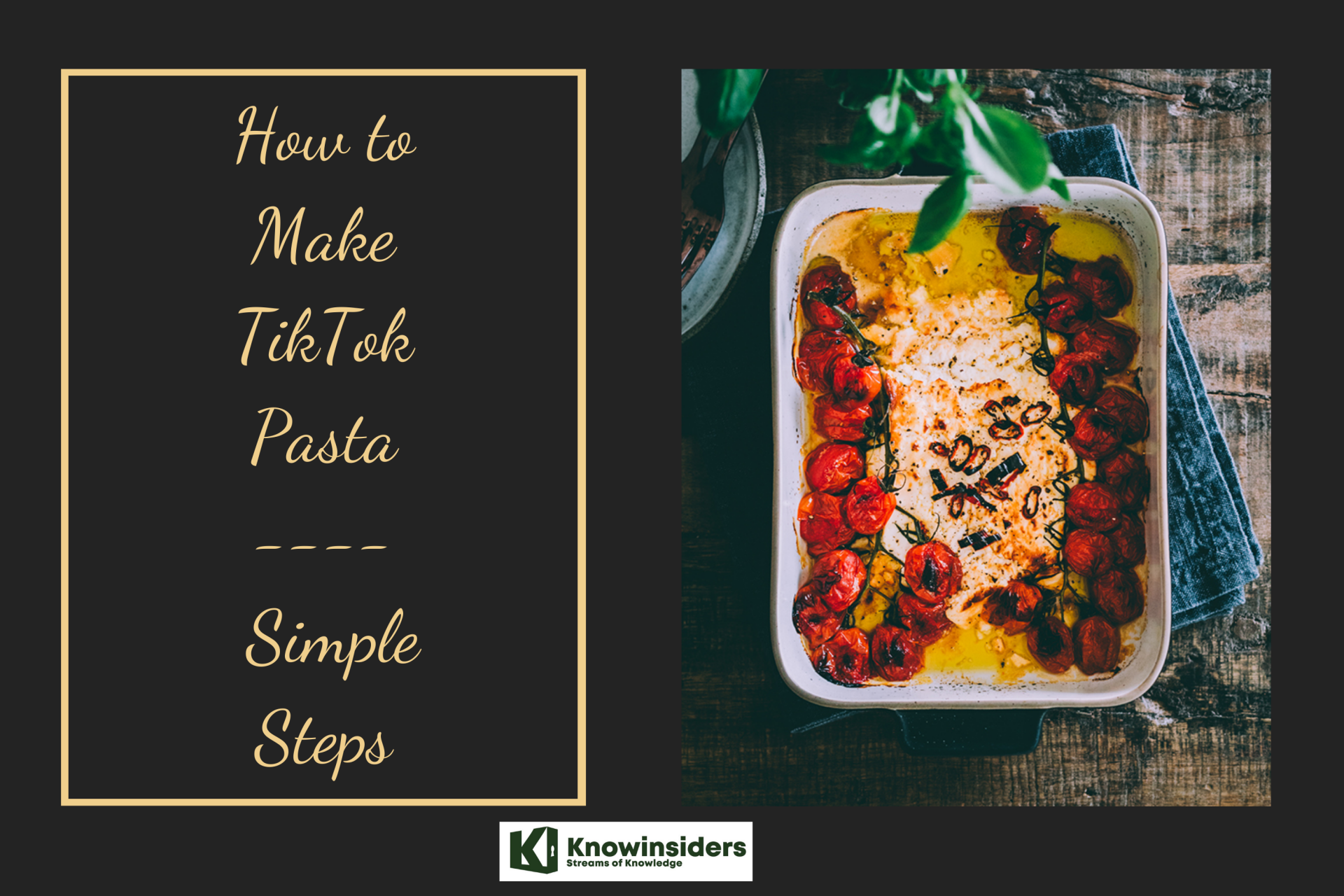 How to Make TikTok Pasta With Simpliest Steps How to Make TikTok Pasta With Simpliest Steps The ever-so-popular TikTok Baked Feta Pasta! How to make it in simple steps? Check out right below! |

